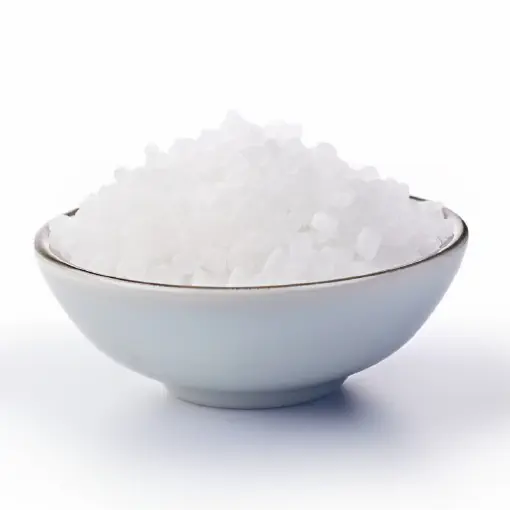Microcrystalline wax is a type of wax that has a unique crystalline structure, different from other waxes such as paraffin wax or beeswax. Here are some key physical properties of microcrystalline wax:
Characteristics
-
Appearance:
Microcrystalline wax is typically available in solid form, ranging from off-white to yellow in color. It has a smooth and greasy texture.
-
Melting Point:
The melting point of microcrystalline wax can vary depending on its specific grade and formulation. Generally, it has a lower melting point than paraffin wax, typically ranging from 63 to 93 degrees Celsius.
-
Density:
The density of microcrystalline wax is higher than paraffin wax. It usually ranges from 0.8 to 1.0 grams per cubic centimeter (g/cm³).
-
Viscosity:
Microcrystalline wax possesses a relatively high viscosity, making it suitable for various industrial applications. The viscosity can be adjusted by adding different additives or blending it with other waxes.
-
Odor:
Microcrystalline wax is typically odorless, although some grades may have a faint, mild odor.
-
Solubility:
Microcrystalline wax is insoluble in water but soluble in most organic solvents, including mineral spirits, turpentine, and naphtha.
-
Flexibility:
Microcrystalline wax exhibits excellent flexibility, even at low temperatures. It does not become brittle as easily as some other waxes.
-
Adhesive properties:
Microcrystalline wax has good adhesive properties, allowing it to adhere well to various surfaces.
-
Flame resistance:
Microcrystalline wax has a relatively high flash point, making it less flammable compared to some other waxes.
Please note that the properties mentioned above are general characteristics of microcrystalline wax, and specific grades or formulations may have slight variations
Applications
Microcrystalline wax is widely used in various industrial applications due to its unique properties. Here are some common industrial applications of microcrystalline wax:
-
Cosmetics and Personal Care Products:
Microcrystalline wax is used in the formulation of various cosmetics and personal care products such as lipsticks, lip balms, creams, lotions, and hair care products. It helps to provide texture, stability, and moisturizing properties.
-
Pharmaceuticals:
Microcrystalline wax is used in the pharmaceutical industry for tablet coating and as a binder in solid dosage forms. It helps improve the integrity and release characteristics of the tablets.
-
Food Packaging:
Microcrystalline wax is used as a coating material for various food items such as fruits, vegetables, and cheese. It helps in extending the shelf life of the products, preventing moisture loss and maintaining freshness.
-
Candles:
Microcrystalline wax is commonly used in candle manufacturing due to its excellent burning characteristics and ability to hold fragrances well. It helps in providing a smooth, shiny, and long-lasting burn.
-
Rubber and Tire Industry:
Microcrystalline wax is used in the rubber industry as an additive for improving processing, mold release, and surface finish of rubber products. It is also used in the tire manufacturing process to enhance durability and provide protection against cracking and aging.
-
Packaging and Coatings:
Microcrystalline wax is used in various packaging applications such as paperboard coatings, cardboard coatings, and corrugated box coatings. It provides moisture resistance, gloss, and enhances printability.
-
Electrical and Electronic Industry:
Microcrystalline wax is used as a protective coating for electronic components and connections. It helps in providing insulation, moisture resistance, and protection against corrosion.
-
Adhesives and Sealants:
Microcrystalline wax is used as an additive in the formulation of adhesives and sealants. It improves the viscosity, flexibility, and adhesion properties of the final products.
These are just a few examples of the industrial applications of microcrystalline wax. Its versatility and unique properties make it suitable for a wide range of industries and products.
